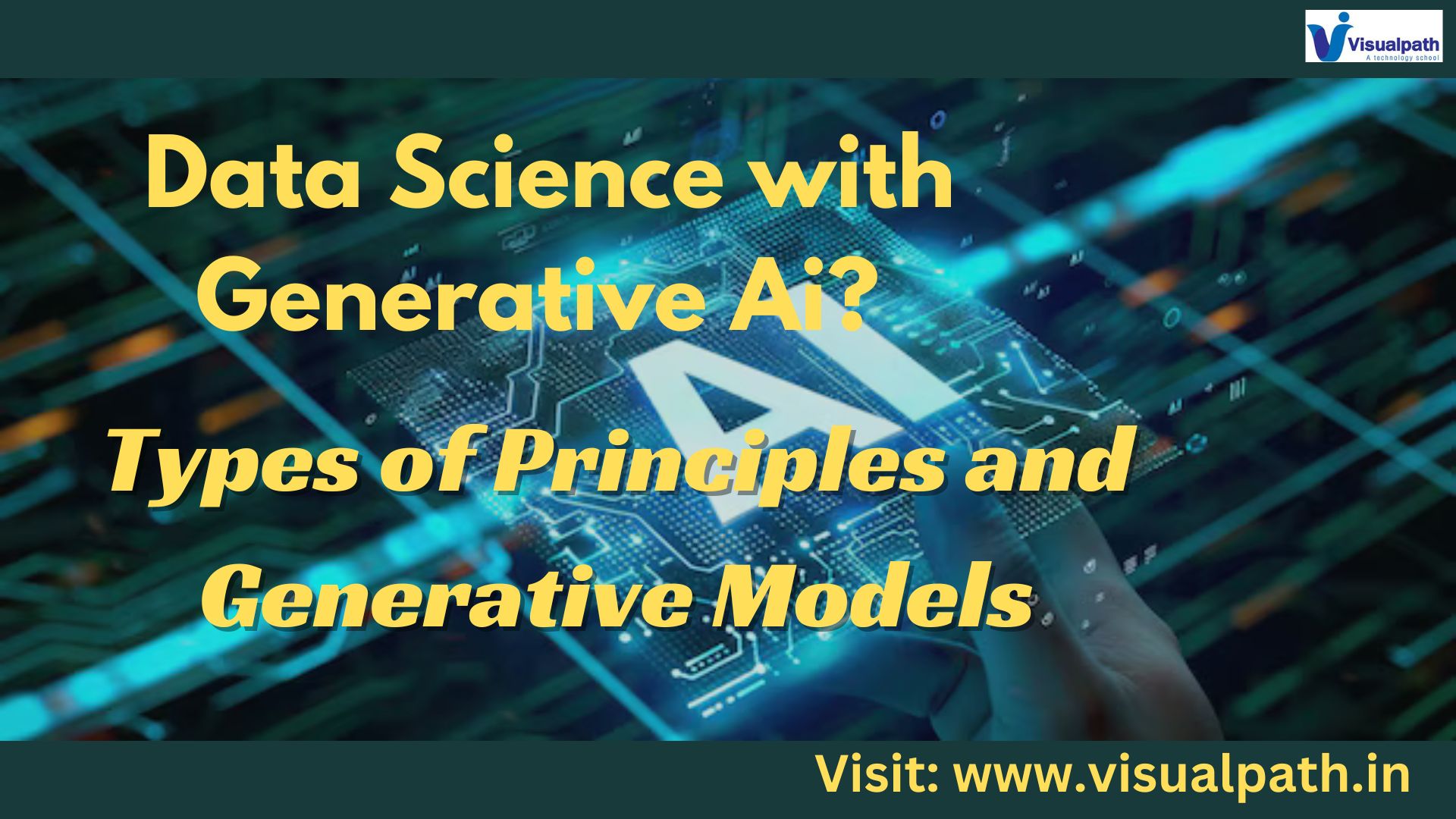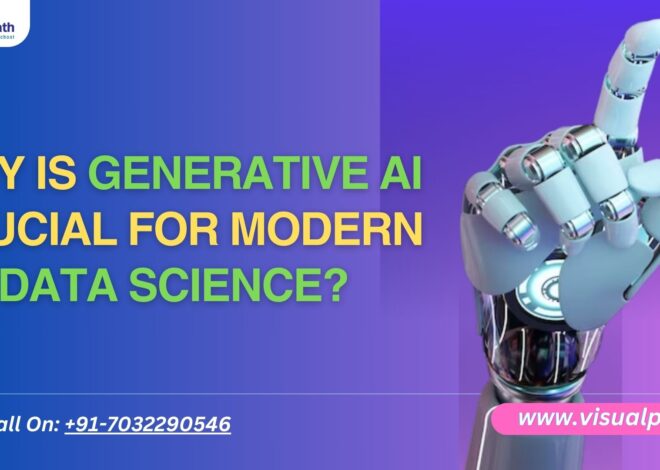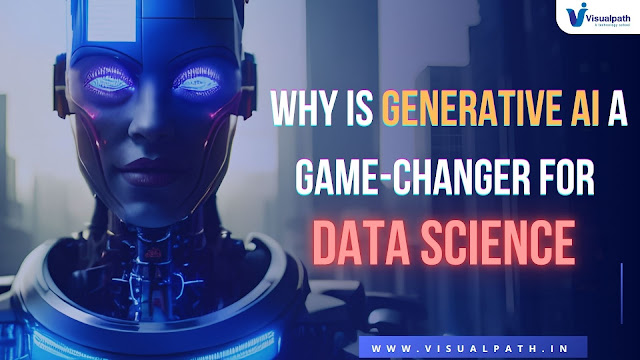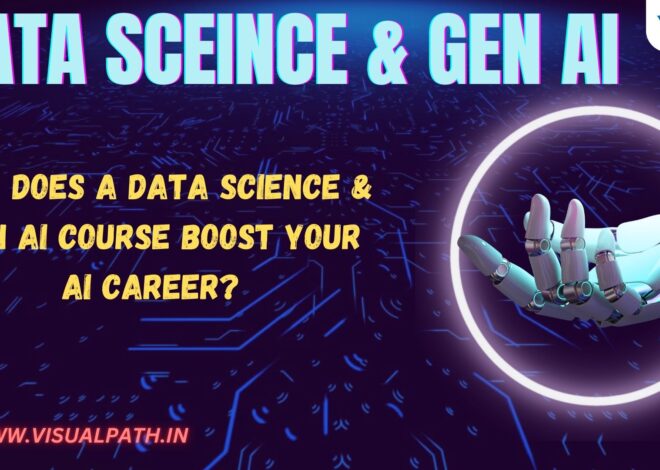Introduction
Data Science with Generative AI Course are two transformative fields that, when combined, offer unprecedented opportunities across various industries. Data science, which involves extracting meaningful insights from data, and generative AI, which creates new content from learned patterns, together push the boundaries of innovation, efficiency, and creativity. This article explores the principles of data science and the types of generative models, illustrating how their synergy can drive technological advancements. Data Science with Generative AI Training Hyderabad
Principles of Data Science
- Data Collection and Cleaning: Data scientists begin with gathering raw data from diverse sources. Ensuring this data is accurate and relevant involves rigorous cleaning processes to remove errors, duplicates, and inconsistencies.
- Data Analysis and Interpretation: Once clean, data undergoes detailed analysis using statistical and computational methods. This step uncovers patterns, trends, and correlations, providing a foundation for making informed decisions.
- Model Building and Validation: Predictive models are built using machine learning algorithms. These models are then validated to ensure their accuracy and reliability, often through techniques like cross-validation and testing on separate datasets.
- Deployment and Monitoring: Effective data science includes deploying models into production environments where they can provide real-time insights. Continuous monitoring and updating of these models are crucial to maintain their relevance and performance.
Generative Models in AI
- Variational Autoencoders (VAEs): VAEs are powerful generative models that learn to encode data into a lower-dimensional space and then decode it back to the original format. This helps in generating new data samples similar to the original dataset.
- Generative Adversarial Networks (GANs): GANs consist of two neural networks: a generator and a discriminator. Through this adversarial process, GANs produce highly realistic data.
- Recurrent Neural Networks (RNNs): RNNs, particularly in their advanced forms like Long Short-Term Memory (LSTM) networks, are used to generate sequential data. They are particularly effective in tasks such as text generation and time-series prediction.
- Transformer Models: Models like GPT (Generative Pre-trained Transformer) can generate coherent and contextually relevant text, making them invaluable in applications like chatbots and content creation. Data Science Training in Ameerpet
The Intersection of Data Science and Generative AI
The fusion of data science principles with generative AI models leads to innovative solutions that leverage the strengths of both fields. For instance, data science can provide the structured data necessary for training generative models, while generative AI can create synthetic data to enhance the training process of data science models.
Conclusion
The collaboration between data science and generative AI is a burgeoning area of technology that promises to reshape various domains. By understanding and leveraging the principles of data science alongside advanced generative models, we can harness the full potential of data-driven innovation. This integration paves the way for smarter, more efficient, and highly creative solutions in an increasingly data-centric world.
Visualpath is the Leading and Best Institute for learning in Hyderabad. We provide Data Science Course Online Training you will get the best course at an affordable cost.
Attend Free Demo
Call on – +91-9989971070
WhatsApp: https://www.whatsapp.com/catalog/917032290546/
Visit: https://visualpath.in/data-science-with-generative-ai-online-training.html




